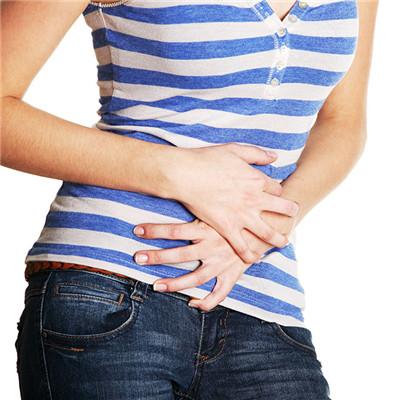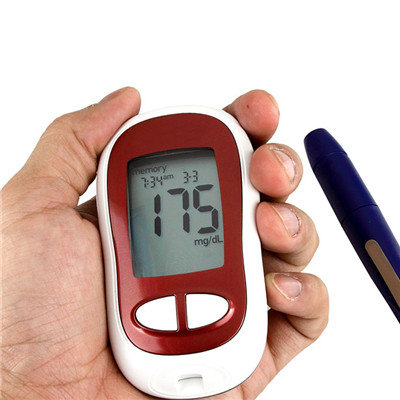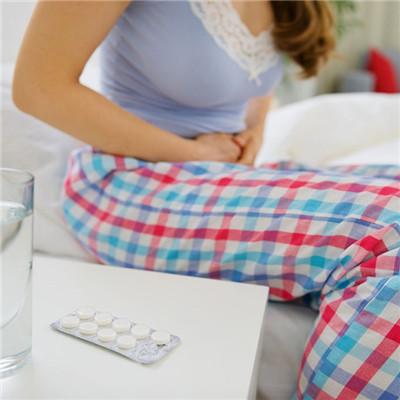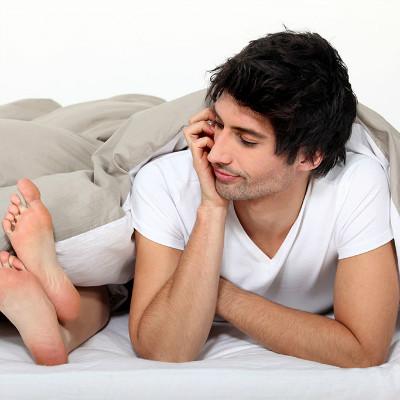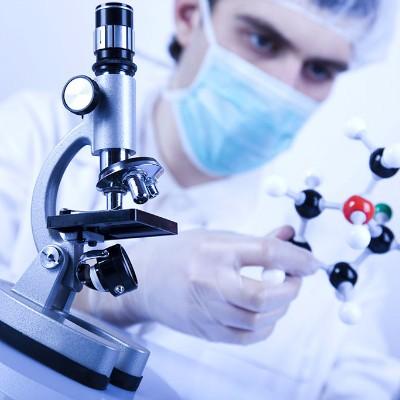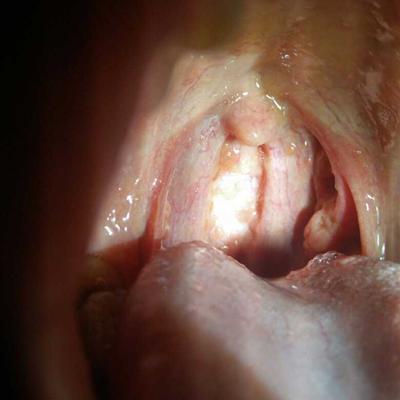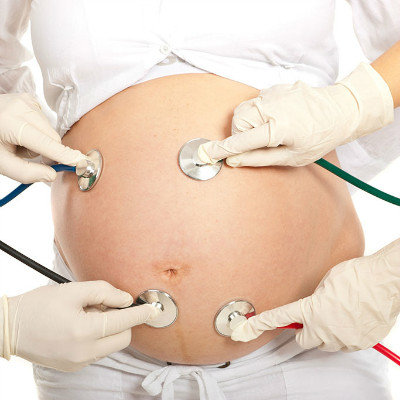Phlebitis symptoms?
summary
Phlebitis is also known as thrombophlebitis, which belongs to acute aseptic inflammation of venous blood vessels. Phlebitis can occur in different parts of the body. After the onset of phlebitis, the harm is more serious. The diseased parts are accompanied by fever and swelling. There are many causes of phlebitis, such as trauma, surgery, tumor diseases, which may lead to phlebitis, In order to better prevent and control the harm of phlebitis, we should understand the symptoms of phlebitis, so as to do the relevant prevention and treatment according to the symptoms. What does phlebitis symptom have? Let's talk about it
Phlebitis symptoms?
Superficial thrombophlebitis of the extremities is characterized by local redness, swelling and pain of the affected limb, and can touch painful cord like hard strip or beaded nodules. The deep vein was involved, the depressed swelling of the affected limb appeared, the swelling and pain aggravated when walking, and relieved after lying down. The skin was dark red, with extensive varicose veins and telangiectasia; In the later stage, there were local dystrophic changes, accompanied by silting dermatitis, pigmentation or superficial ulcer.

Migratory thrombophlebitis is a special type of human superficial phlebitis. The location of superficial phlebitis is uncertain. It has the characteristics of intermittent, migratory and alternate attacks all over the body. It is often combined with female reproductive organs and pancreatic tumors.
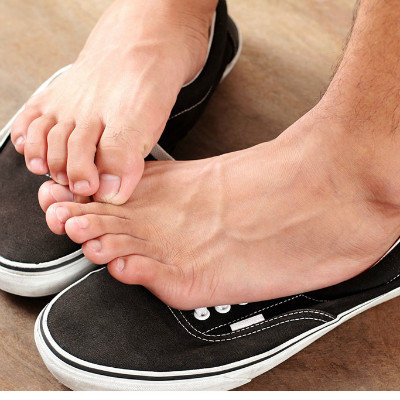
Thrombotic superficial phlebitis of chest and abdominal wall, thrombosis of chest wall, breast, costal margin and upper abdominal wall, accompanied by inflammatory pathological changes, also known as Mondor's disease. The symptom harm of phlebitis can't be ignored. In order to avoid the potential harm of phlebitis, we must pay attention to the regular and reasonable treatment, and do targeted treatment and nursing for the corresponding symptoms.

matters needing attention
Nicotine, alcohol and mood swings can excite sympathetic nerves and cause vasospasm. Patients should be helped to quit smoking alcohol. Meanwhile, they should drink less or no caffeinated drinks. Patients with trauma should eat less or no stimulating food. Patients with arteriosclerosis or diabetes should stick to low-fat and low sugar diet.

